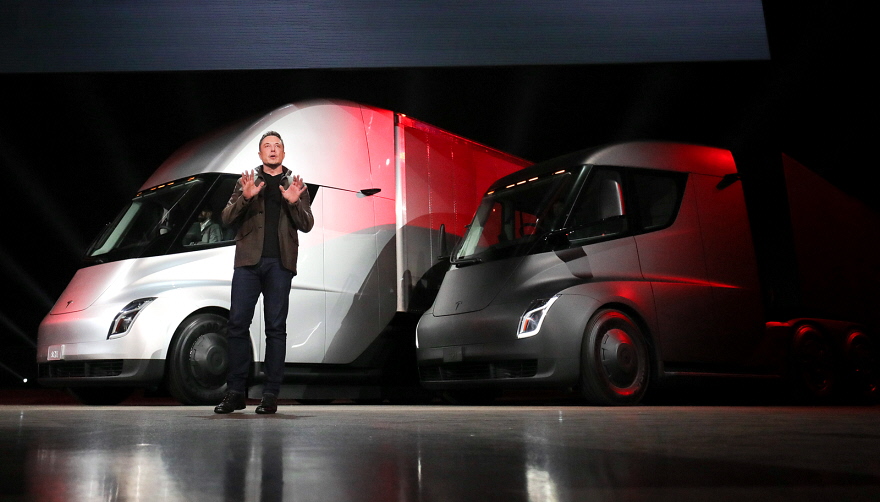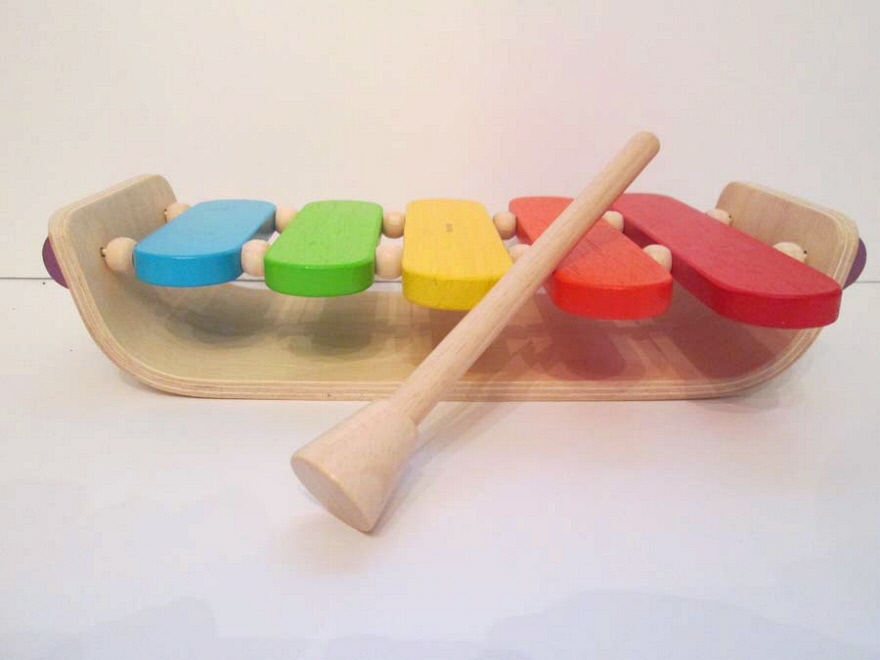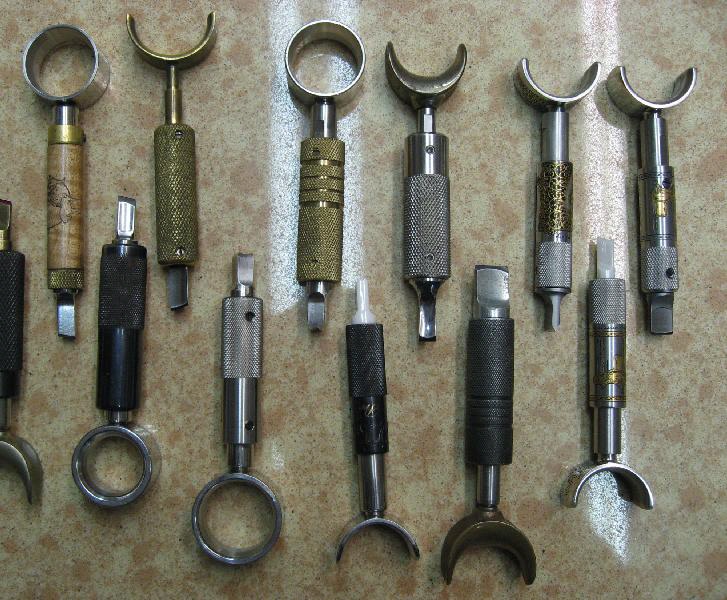Jeff Edwards was thrilled when his Golden State Warriors won the NBA title this past summer. But the Fox Racing executive seems almost as excited by something seemingly more mundane—a new polyester fabric.
That's important to Edwards since, in his role as global director of hard goods for the Irvine, Calif.-based producer of motocross and mountain biking gear and apparel, he is always looking to upgrade the materials used in his firm's product portfolio. And now, he thinks he has found just such an upgrade—Avra™ Performance Fibers.
![]() Adding Avra™ to other fibers like cotton can make them softer and perform better.
Adding Avra™ to other fibers like cotton can make them softer and perform better. Developed by Kingsport, Tenn.-based Eastman Chemical Co., Avra's ultra-thin polyester fibers are extruded and held together by a proprietary, removable polymer, enabling easy knitting or weaving of these bi-component fibers on conventional equipment. Once the fabric is made, the removable polymer washes away in hot water, resulting in ribbon-like fibers that have a combined small size and flat shape that is unique compared to conventional polyester fibers.
"The result is a distinctly silky fabric that keeps wearers drier and more comfortable than ever before," according to Eastman Vice President Tim Dell. This first Avra product offers exceptional moisture management and a distinct, "cool to the touch" sensation that is inherent in the fabric, not requiring added chemistry for the effect. Fabrics made with Avra dry up to 50% faster than conventional polyester fabrics, helping wearers stay cooler and more comfortable during demanding physical activities.
In addition, Eastman claims, the highly flexible fibers enabled by Avra "further enhance wearer comfort through the superior drape and remarkable softness they provide." As Dell says, "That's performance you can feel."
Edwards clearly concurs. He first saw Avra when Eastman launched the fibers at the Outdoor Retailer Summer Show in August 2016, when he was in a different role, as director of performance product development.
"For me, it changed what poly can be," the 15-year Fox veteran said in a recent telephone interview, referring to long-established polyester fiber. "That's what made it so exciting. There are endless ways in which you can use it. Besides just jerseys, you can use it in hard goods products, as well. It created a different sense of what … the end user would feel vs. just basic polyester."
"When I saw it at [the OR show]," Edward recounted, "I said, 'Oh man, you guys have got something here.' He says he told Eastman then, "You're on the right track, but can you go even a little farther on this? … You can create a new standard for polyester with this. The yarn is amazing, but now you have to think about the finished product."
Brandon Cantrell, Eastman's global business manager for performance fibers, said it's been more than 20 years since the latest breakthrough in textiles. Eastman began working on Avra about five years ago, first on the nonwovens side, and then realized the fibers' potential in textiles, as well.
![]() Avra™ is creating new standards for what polyester can do.
Avra™ is creating new standards for what polyester can do. Edwards wants Fox to be able to use Avra across its whole spectrum of products. Edwards loved what he saw last fall, and is waiting to see the next iterations. "I want to use it for helmet liners, I want to use it for guards, for gloves, it's endless," Edwards said, "I want to use it in more than just jerseys. It creates such a different feel, and the benefits of the drying time are just huge."
Eastman's proprietary carrier polymer holds the key to Avra technology. While bi-component fibers have long existed, finding use in such applications as microfiber cleaning cloths, most of the current commercial processes require the use of a caustic solution to remove the binder. Instead, Cantrell said, "We use hot water in our post-knit scour," in a pressure jet.
Once the removable polymer washes away, it results in fibers that are a unique ribbon shape with a much smaller cross section than traditional round polyester fibers. These fibers are significantly more flexible, creating fabric that is noticeably softer to the touch. Fabrics knit or woven with Avra, even as a moderate percentage of the overall blend, also provide performance benefits such as faster wicking speeds, faster dry times and a cool-to-the-touch sensation that Eastman says "you have to feel to believe." Not only that, but Eastman also can bundle round fibers instead of the flat slices, and get an entirely different set of performance characteristics; the small round fiber version of Avra is currently under development.
![]() Avra™ represents a whole portfolio of potential products. The current flat fibers are only the start.
Avra™ represents a whole portfolio of potential products. The current flat fibers are only the start. Fabrics made with the flat slices have a distinctive, silky hand and improved drape. "We've had customers say that it 'feels like butter'," Cantrell said. "Interest is far greater than we expected," he added, noting there is pent-up demand for new textiles that offer improved performance.
Eastman is working with Unifi Inc., a multinational textile manufacturing company that is making the Avra fibers at its mill in Yadkinville, N.C. Unifi expanded Avra production capacity at the plant earlier this year, to an unspecified amount.
Edwards is eagerly awaiting Eastman's next advance with the technology.
"This could be a bigger story for our company, across multiple categories," he said. "In our company, I think we could use it in more areas than a lot of other companies could." Fox, which works well ahead in its product scheduling, is already done with its 2018 product planning. "We would push this for a '19 product line. The strategy has to be right, and broad line. I'd rather wait and do it right," Edwards said.
Eastman, meanwhile, is targeting mid-2018 for ramping up commercial production for the fibers. "We are engaged with brands, and are working toward commercialization by fall 2018," Cantrell said.
The company took a different approach on its stand at this July's Outdoor Retailer show. "We launched a fiber initially," Cantrell said, referring to the product introduction last August. At the OR summer market in Salt Lake City, Utah, in late July, Eastman had a mocked up retail store layout in its booth, displaying product applications for Avra, such as, t-shirts, boxer shorts, tank tops, basketball shorts, golf shirts and the like.
"It's Avra—head to ankle. It's not head-to-toe" he said with a chuckle, "because we haven't made socks yet."
Learn more about Avra and the ways that #MaterialsMatter at innovationlab.eastman.com.
![]()


















































































































